Commentary: 3 lessons we've learned 20 years after Katrina
Published in Op Eds
It’s now been 20 years since Hurricane Katrina ravaged the Gulf Coast. Tied, along with Hurricane Harvey in 2017, as the costliest storm in U.S. history, Katrina significantly altered the way Americans think about natural disasters, federal assistance, and community resilience. We’ve spent years studying what happened next. To better plan for future disasters, Americans need a better understanding of what we’re exceptionally good at in extreme circumstances —and what we’re not.
Today, New Orleans looks much like it did before the storm. In Katrina’s immediate aftermath, it was difficult to imagine how this could be possible. More than half of the city was flooded. For months, much of its population was displaced, unable to return and rebuild. Infrastructure had been devastated. It took much of the year to fully restore public services. Politicians, artists, journalists and academics worried that America had lost a unique city.
New Orleanians and the greater Gulf Coast area proved far more resilient than most of us assumed. Neighborhoods, churches, and communities rallied together to rebuild, advocate for their needs, and for the most part rebounded. You can again walk along Frenchmen Street and listen to live jazz any night of the week, eat decadent Cajun cuisine, partake in Bourbon Street revelry, and join communal gatherings at local churches, cafes, and community centers.
New Orleans is unique, but its resilience isn’t. The people of Houston, San Juan, Fort Myers, and Asheville have also come together to rebuild after disasters in the last two decades. Yet, some lessons have been harder to internalize and, therefore, make recovery harder than it needs to be.
First, people help more than they take advantage of others.
Despite the plethora of stories cataloging this, the media and policymakers still stoke too much fear about looting, price gouging, and fraud. New Orleans recovered because neighbors helped one another and commercial and social entrepreneurs provided needed goods and services to members of their communities. Fraudulent contractors can be found in any town, but the most scandalous reports after disasters are normally connected to the government’s own flawed FEMA damage assessments.
Helping one another is more difficult when government officials limit who can participate in response and recovery. The Cajun Navy, a citizen army of Louisiana fishermen, were turned away after flooding in Baton Rouge despite their track record of saving lives.
Second, grand recovery plans and overly formalized procedures stall recovery.
After Katrina and the well-founded criticism of a slow and indecisive federal response, there were calls for a stronger federal role in the medium and longer term recovery. Some believed that only the federal government was large enough and had the expertise to fund and coordinate such a massive effort.
But these efforts were also stilted, uneven, and ineffective. The Superdome-turned-shelter fostered health concerns and abuse allegations rather than a safe space for survivors. FEMA trailers, filled with toxic chemicals, were abandoned in fields rather than used as temporary housing.
The city made several attempts to develop a comprehensive redevelopment plan that would designate which areas should be permitted to rebuild. Entire neighborhoods had to fight plans that proposed their homes be turned into green space.
From start to finish, the government response was plagued with challenges, scandal, and hardship. But so far, the recognition of its ineffectiveness has mostly resulted in bigger redevelopment budgets and wider scopes of authority. Calls to “build back better” mean more encompassing and top-down planning and more challenges to the neighborhood-level problem solving and rebuilding efforts that have worked so well.
Third, streamlining bureaucracy spurs recovery.
Especially after a disaster, people need clear rules and procedures. Survivors must make quick and informed decisions on whether to rebuild or start fresh in a new city. They need to know which policies and regulations will be relaxed and which new ones will go into effect to create space for local entrepreneurs and community leaders to drive recovery.
Similarly, applications for support should be simple and accessible rather than onerous. Complicated forms and appeals can adversely impact people with less political capital, less education, or less command of the English language. They also take valuable time away from rebuilding.
When so much is uncertain, policymakers can add stability rather than more noise. We shouldn’t impede local entrepreneurs, on-the-ground community leaders, and local government from driving the response and recovery effort. The sooner we fully internalize all of these lessons, the better.
____
Stefanie Haeffele is a senior fellow with the Mercatus Center’s F. A. Hayek Program for Advanced Study in Philosophy, Politics, and Economics. Virgil Storr is Mercatus’ vice president for Academic and Student Programs and the Don C. Lavoie Senior Fellow with the Hayek Program.
_____
©2025 The Fulcrum. Visit at thefulcrum.us. Distributed by Tribune Content Agency, LLC.
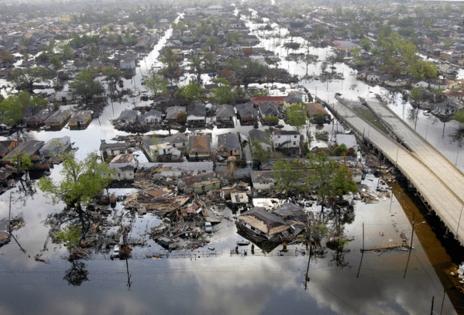






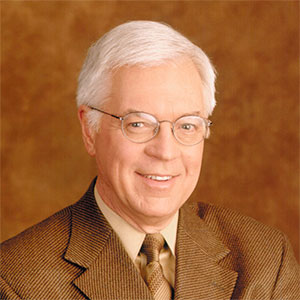
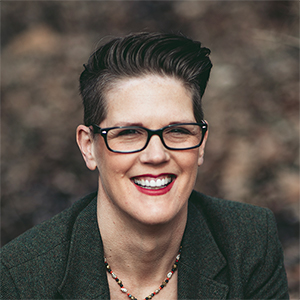








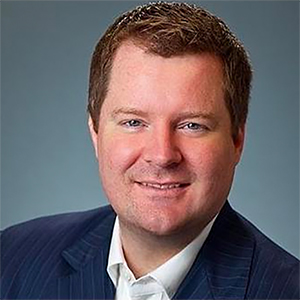




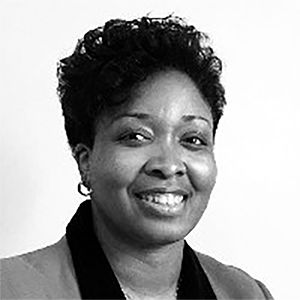


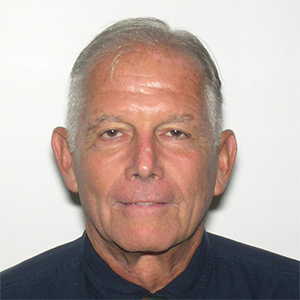





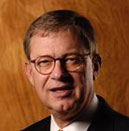
























Comments